The Cuttlefish: Strangest Cephalapod In The Sea
The Cuttlefish
This is one of the strangest cephalapods in the sea. They resemble a squid or an octopus but also resemble a fish from another dimension. Another interesting fact about these invertebrates is that they are not native to the United States. The cuttlefish has been purely an import species until recent advances in breeding. Still, the cuttlefish’s majority is imported until a large enough cephalapod farm is built. Most of the specimens you will see have traveled across the globe and may have a great deal of stress to get over.
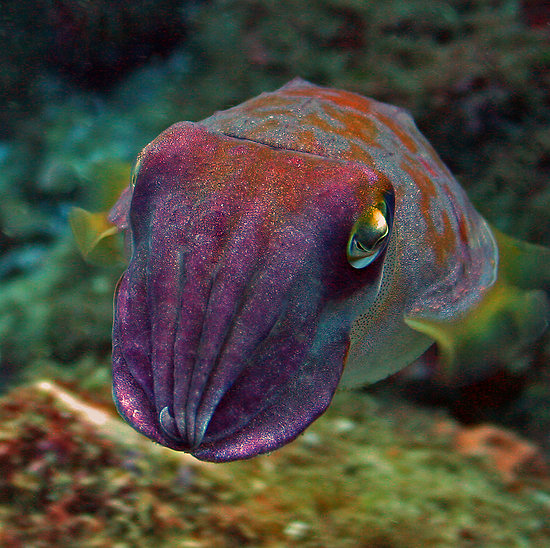
image via redbubble.com
Another advancement in cuttlefish capturing is the shipping of the eggs. They actually do very well in shipping. They are sent to facilities with the means to raise the larvae into adults and get them on captive diets. This is quite a task since we do not have cultures of every particulate food in the sea. Getting a newborn cuttlefish larvae to eat is quite tricky. Each species is from its own particular region with its specialized plankton. The “kids” are quite picky. Getting them to eat their greens is not much different than getting a human child to. Forcing them obviously is not an option, so trying different plankton until they eat is the only method that has worked.
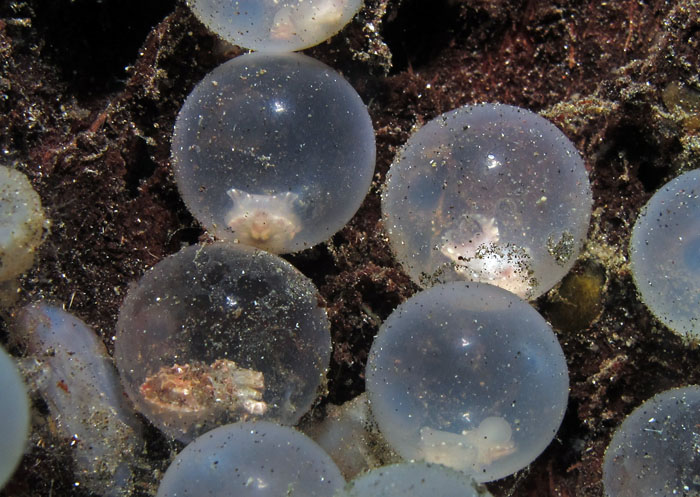
cuttlefish eggs image via andreaonline.de
The struggle to get these critters to eat is the only real obstacle in becoming more popular as pets. The attention the cuttlefish gets is quite contrast from its pet popularity. They are extremely interesting to watch. When swimming they are in constant motion. They respond to nearly everything like a dog would. Their methods of catching and eating their food is also an astounding thing to watch. Not only are they an interesting shape, but some species can change into almost any design they swim near whether it is natural or man made. Cuttlefish tanks can be designed as moving art pieces that put Salvador Dali to mind. These animals are by far one of the coolest animals out there.
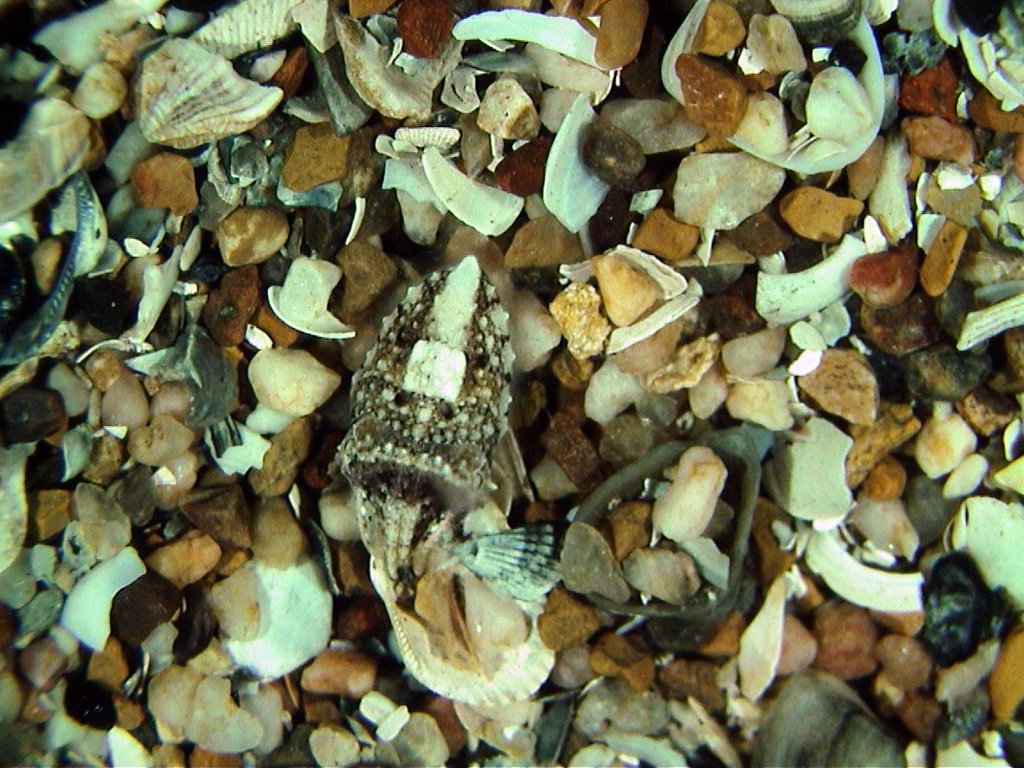
camouflaged cuttlefish image stopdown.net
The UK has a much better Cuttlefish experience since they are native to that region. In the US there are not as many choices since around 90% die in shipping or shortly after. The species you are most likely to see for sale is Sepia Officinalis. This species comes with some very important facts to consider when eyeballing on at your LFS.
Sepia Officianalis grows to 18 inches in length. They require 200 gallons of tank space at the least for an individual. For a single Cuttlefish you will need to have very efficient filtration. Oversize everything. They also require a large portion of live foods. This can get expensive to buy regularly and some may not have the means to breed their own in a separate system. Young ones need cultures plankton and adults need various live meaty foods like fish, shrimp, clam, or crabs. They are not reef safe at all. They eat everything. They also require area of open water to swim. Most of the time they stare at you waiting for food, but require regular exercise. They also live in cool water. Tropical temperatures are too stressful on them and can even make them more skittish.
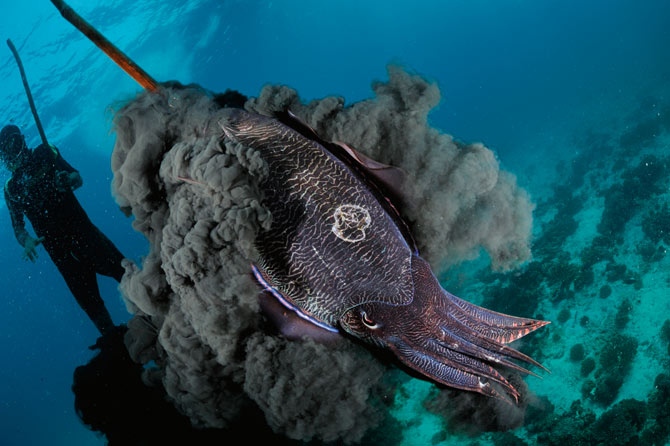
cuttlefish ink image via http://ngm.nationalgeographic.com
These animals swim like torpedos. If they get startled they will launch themselves into a rock and get hurt. The cuttlefish can also ink the water. They will shoot out so much ink that you cannot see anything! Water changes, carbon, and a very large protein skimmer will eventually remove the stain over time. The Cuttlefish eats like a pig. A mid sized animal will eat 4 inches of crab per day. They are also not afraid to battle over food. They need a ton of space in order to prevent any potential battles. If one is fed squid they will develop a taste for each other! Do not feed them squid if kept with other cuttlefish. They will also eat all reef fish, invertebrates, and even corals. The cuttlefish is also capable of squirting water out of the aquarium. This can ruin electrical equipment. A secured lid is a must.
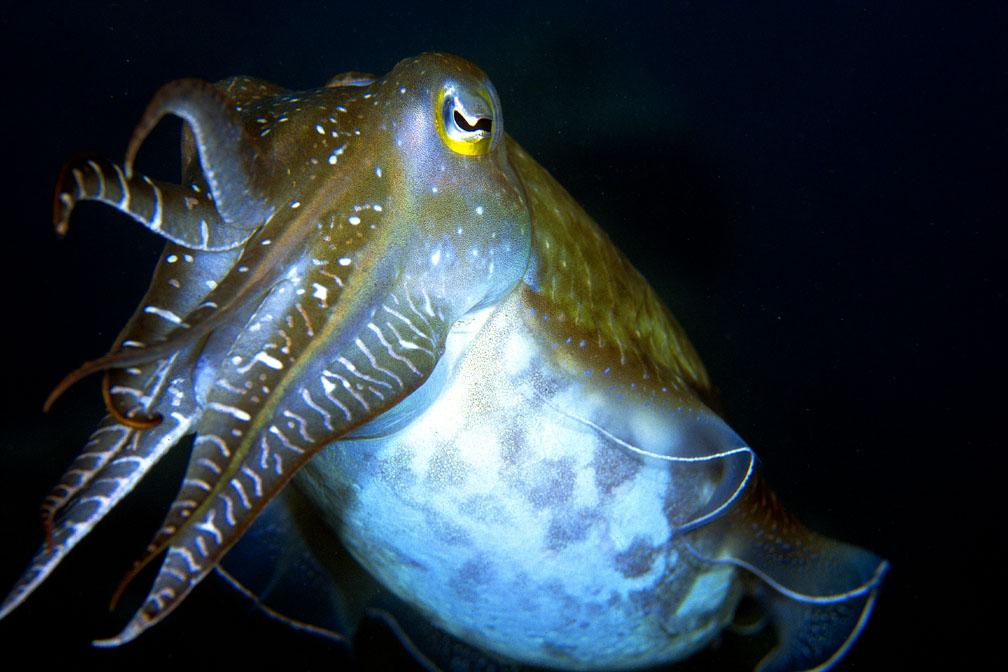
cuttlefish
If you have the space, the time, and the passion for these animals they are actually quite hardy as long as you meet their requirements. The variety available varies, but for the right price anything is possible. Most of the rarest species will be from thousands of miles away so research the vendor and if possible try to prepare for a known successfully captive hatched and raised species and do it all yourself! If you succeed then you have a nice stock of extra cuttlefish to sell to the LFS to help increase the availability. For specific species on cuttlefish check out the Cephalopod forum!

Leave a Reply
You must be logged in to post a comment.